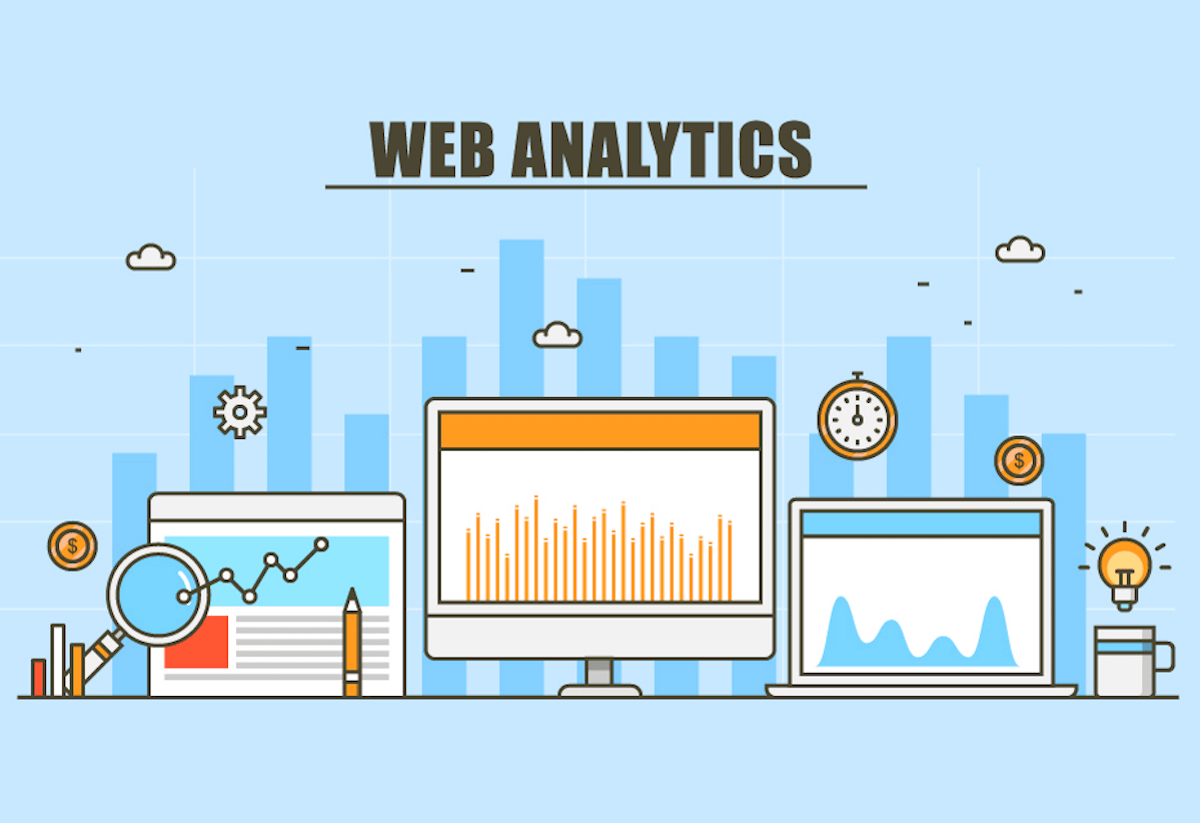In the competitive digital landscape, understanding customer behavior through web analytics is crucial for businesses aiming to enhance their online presence and optimize their marketing strategies. With numerous web analytics tools available, choosing the right one can be challenging. This article compares some of the leading web analytics tools in the market and explains why Adobe Analytics stands out as a superior choice for businesses.
Leading Web Analytics Tools
1. Google Analytics
- Overview: Google Analytics is one of the most widely used web analytics tools, offering a range of features to track and analyze website traffic.
- Features: Real-time data, audience segmentation, traffic source analysis, conversion tracking, and e-commerce tracking.
- Strengths: Free version available, easy to integrate with Google Ads, user-friendly interface, and extensive educational resources.
- Limitations: Limited customization, data sampling issues in the free version, and less robust reporting compared to premium tools.
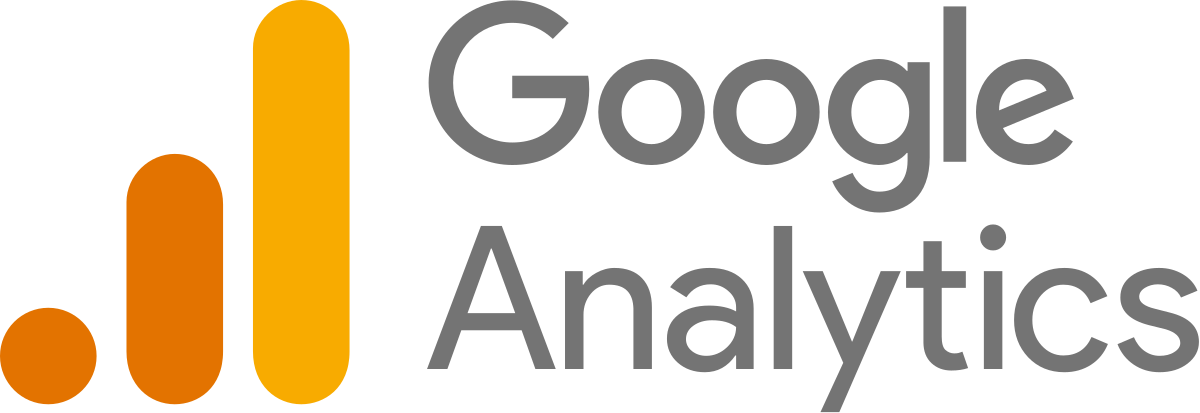
2. Matomo (formerly Piwik)
- Overview: Matomo is an open-source web analytics platform that emphasizes data ownership and privacy.
- Features: Customizable dashboards, goal tracking, heatmaps, session recordings, and e-commerce tracking.
- Strengths: High level of customization, data privacy, and control, and extensive plugin support.
- Limitations: Requires technical expertise for setup and maintenance, and the on-premise version can be resource-intensive.
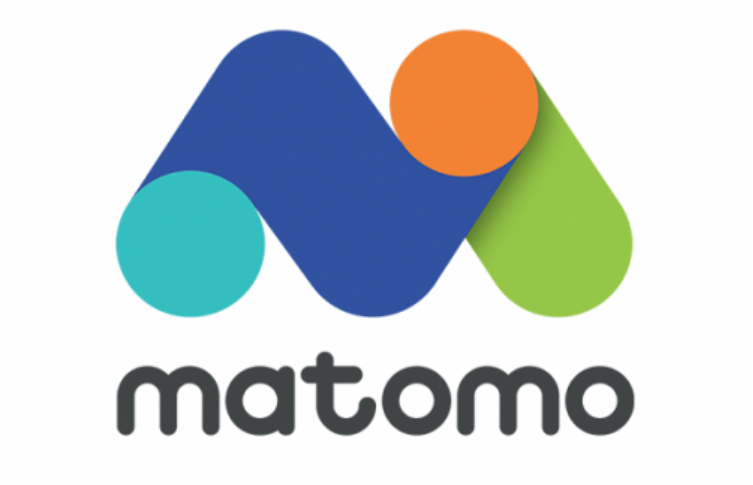
3. Adobe Analytics
- Overview: Adobe Analytics, part of the Adobe Experience Cloud, is a powerful web analytics tool designed for enterprise-level businesses.
- Features: Real-time data processing, advanced segmentation, multichannel data integration, predictive analytics, and customizable dashboards.
- Strengths: Robust data analysis capabilities, seamless integration with other Adobe products, powerful AI-driven insights, and extensive customization options.
- Limitations: Higher cost compared to other tools, and a steeper learning curve due to its comprehensive feature set.
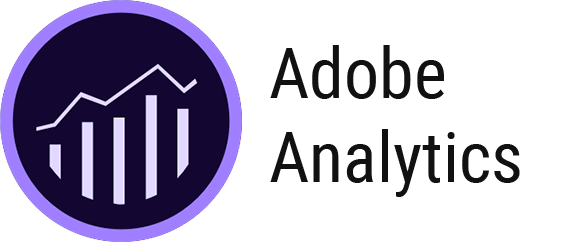
4. Heap Analytics
- Overview: Heap Analytics focuses on capturing and analyzing every user interaction without requiring manual event tracking.
- Features: Automatic data capture, retroactive event tracking, user journeys, and conversion optimization.
- Strengths: Ease of use, no need for manual event tagging, and comprehensive user behavior insights.
- Limitations: Limited scalability for large datasets, and higher costs for premium features.

Key Differences Between Web Analytics Tools
1. Data Processing and Real-Time Analysis
- Adobe Analytics excels in real-time data processing, providing immediate insights that enable quick decision-making. While Google Analytics and Matomo offer real-time data, their capabilities are not as advanced as Adobe Analytics.
2. Customization and Flexibility
- Matomo offers high customization and control, making it suitable for businesses with specific data privacy needs. Adobe Analytics also provides extensive customization options, allowing businesses to tailor reports and dashboards to their exact requirements.
3. Integration Capabilities
- Adobe Analytics integrates seamlessly with other Adobe Experience Cloud products, creating a cohesive ecosystem for managing digital marketing and customer experiences. Google Analytics integrates well with Google Ads but may require additional tools for a complete marketing stack.
4. Predictive Analytics and AI
- Adobe Analytics stands out with its AI-driven insights powered by Adobe Sensei. This enables predictive analytics, helping businesses anticipate future trends and customer behaviors. Most other tools lack advanced AI capabilities.
5. User-Friendliness
- Google Analytics is known for its user-friendly interface and extensive educational resources, making it accessible for beginners. Heap Analytics also prioritizes ease of use with automatic data capture. Adobe Analytics, while powerful, has a steeper learning curve.
Why Adobe Analytics is the Superior Choice
1. Comprehensive Data Analysis Adobe Analytics offers a wide range of advanced features that provide deep insights into customer behavior. Its real-time data processing and advanced segmentation capabilities ensure businesses can make informed decisions quickly.
2. Seamless Integration with Adobe Ecosystem For businesses already using Adobe products, Adobe Analytics is the perfect addition, offering seamless integration with Adobe Experience Cloud. This integration enhances workflow efficiency and provides a unified view of customer data.
3. AI-Powered Insights The predictive analytics capabilities powered by Adobe Sensei give Adobe Analytics a significant edge. Businesses can leverage these insights to stay ahead of trends and optimize their strategies proactively.
4. Scalability for Enterprise Needs Adobe Analytics is designed to handle large datasets and complex business requirements, making it an ideal choice for enterprise-level organizations seeking robust and scalable analytics solutions.
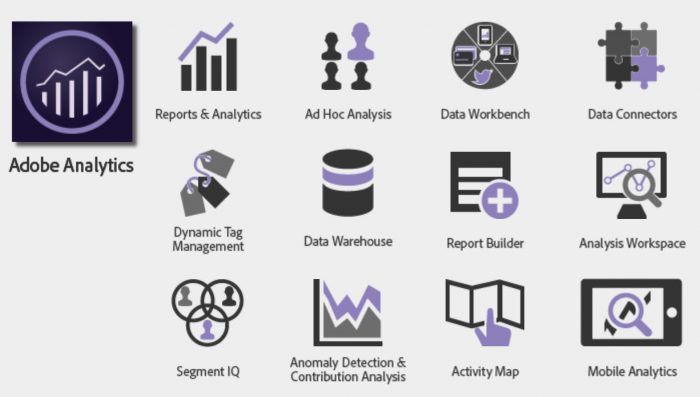
Conclusion
Choosing the right web analytics tool is crucial for leveraging data to drive business growth. While various tools offer different strengths, Adobe Analytics stands out with its comprehensive data analysis capabilities, seamless integration with the Adobe ecosystem, AI-powered insights, and scalability for enterprise needs. Leads Technologies is your trusted partner in implementing Adobe Analytics to unlock the full potential of your business data.
For more information about our Adobe Analytics services, please visit Leads Technologies.

